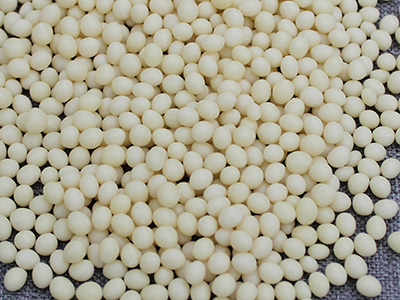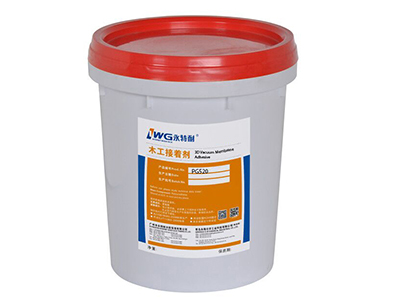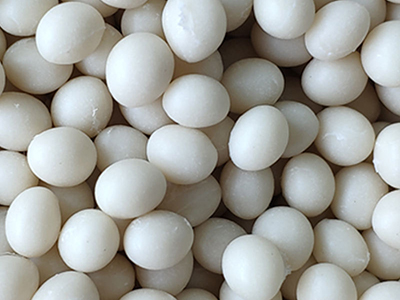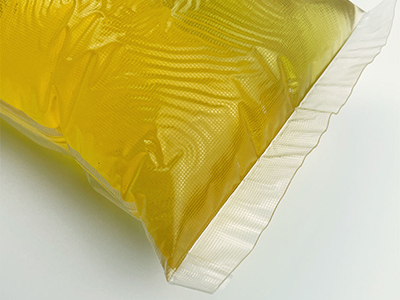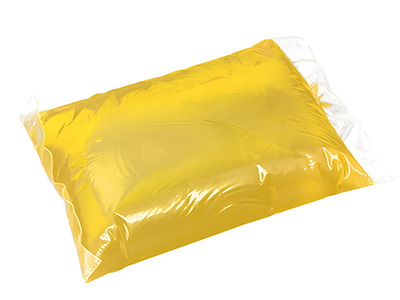The permanence of hot glue depends on several factors, including the type of materials being bonded, the environmental conditions to which the bond is exposed, and the specific type of hot glue used. Here are some considerations regarding the permanence of hot glue:
- Materials Being Bonded:
- Hot glue is commonly used for bonding porous and non-porous materials such as paper, cardboard, fabric, plastics, and certain metals.
- For materials like paper and cardboard, hot glue can provide a relatively strong bond that is often considered permanent for many applications.
- Temperature Sensitivity:
- Hot glue is thermoplastic, which means it softens and becomes pliable when heated and solidifies when it cools down.
- The bond created by hot glue can weaken or fail if exposed to high temperatures. Therefore, hot glue may not be suitable for applications where the bonded materials will be subjected to extreme heat.
- Environmental Conditions:
- Hot glue bonds can be sensitive to moisture and humidity. In damp or wet environments, the bond may weaken or fail over time.
- Additionally, exposure to direct sunlight and UV radiation can cause hot glue to deteriorate and lose its bond strength.
- Strength and Application:
- The strength of a hot glue bond can vary depending on the type of hot glue used. Some hot glues are formulated for stronger bonds, while others are designed for temporary or low-stress applications.
- Hot glue is generally not suitable for load-bearing or structural applications where a high degree of permanence is required.
- Reversibility:
- One advantage of hot glue is that it is reversible to some extent. If necessary, the bond can often be softened or removed by reapplying heat to the glue, making it more suitable for certain temporary applications.
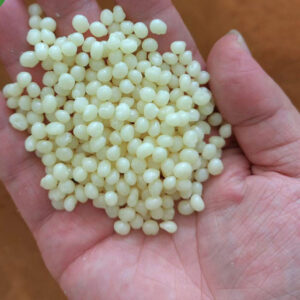
In summary, hot glue is a versatile adhesive with varying degrees of permanence depending on the specific application and conditions. It is considered permanent for many crafts and projects but may not be suitable for situations where extreme temperatures, moisture, or prolonged exposure to the elements are factors. When choosing an adhesive, it’s essential to consider the specific requirements of your project and select an adhesive that best meets those needs.


